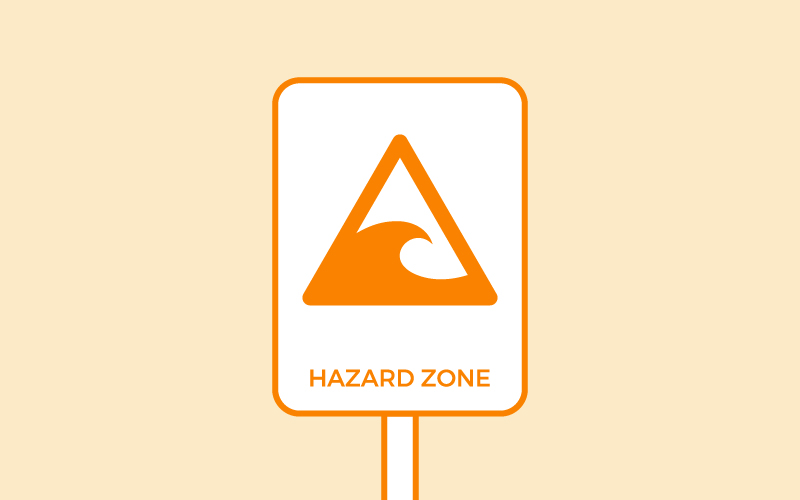Tsunamis and Storm Surges
A tsunami is a series of waves created when a body of water, such as an ocean, is rapidly displaced on a massive scale. Tsunamis usually result from earthquakes at sea or undersea landslides. The Boxing Day tsunami of 2004, and the loss of life and destruction it caused around the Indian Ocean, demonstrated how devastating tsunamis can be to coastal communities and provided a global wake-up call about the hazard posed by tsunamis.
It is estimated that New Zealand has been affected by more than 40 tsunamis in the past 165 years, with at least three having run up heights of 10 metres or more. It is known that Marlborough has been affected by tsunamis in the past: an 1855 earthquake, which ruptured the Wairarapa fault east of Wellington, generated a tsunami with a wave height of 4-5 metres along the Marlborough coast.
Storm surges can also cause the inundation of land. They are a temporary elevation of sea level usually associated with low pressure weather systems. Storm surges allow swells and local wind waves to penetrate inland further than under normal storm conditions.
The Marlborough coast is becoming an increasingly desirable place to live. Residential properties exist and are still being developed along the coastal margin of the Marlborough Sounds and at Rārangi. That development might be at risk of inundation from either a tsunami or a storm surge. Such inundation would damage property and create a threat to public safety.
There are many variables that determine the magnitude of tsunamis and storm surges and the extent of land inundation. However, these variables have not been investigated in the Marlborough context. This means that little is known about the nature of the tsunami or storm surge hazard along the Marlborough coastline or the risk of these events occurring.


